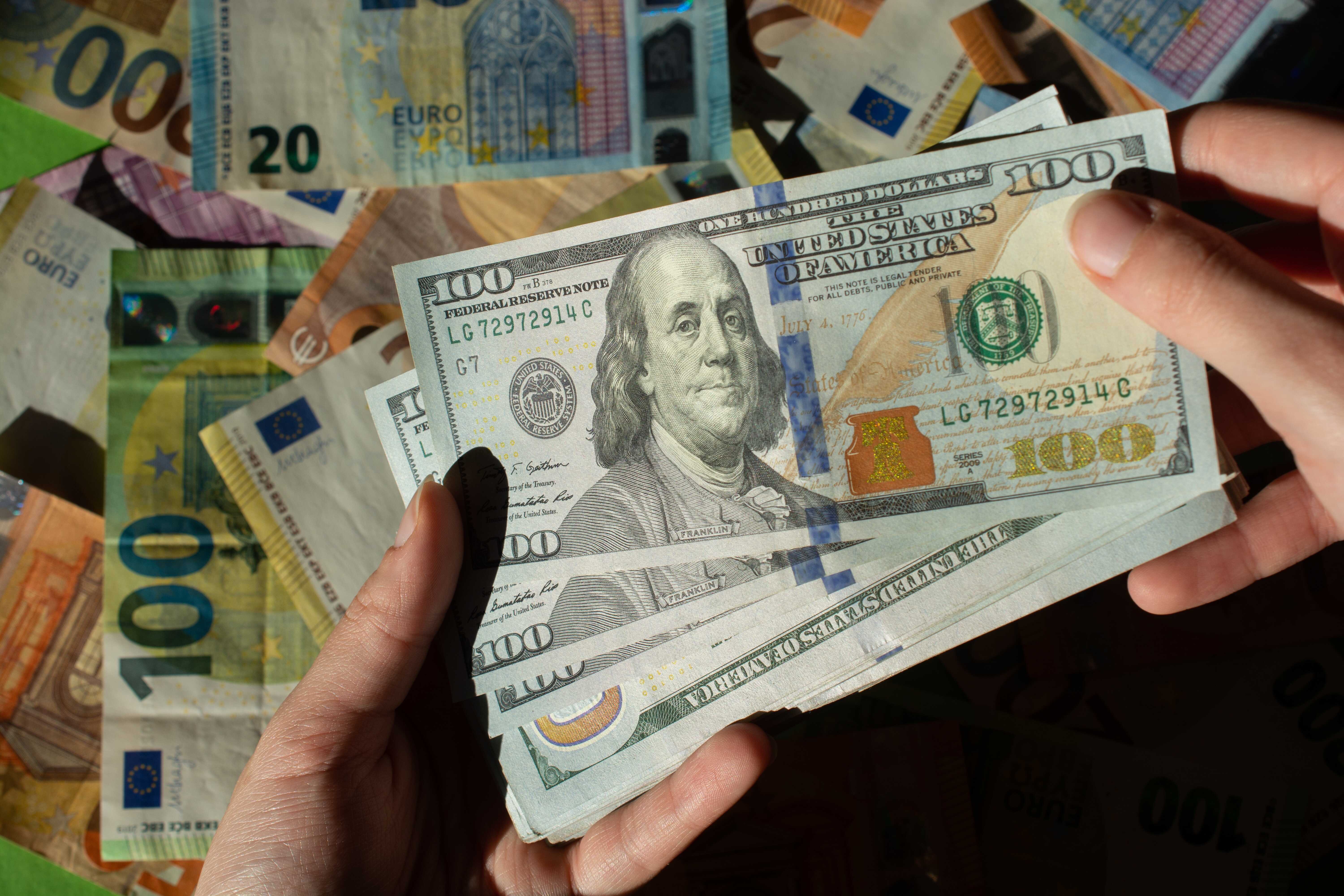Is Bitcoin A No-brainer Buy After The Halving?

Bitcoin (CRYPTO: BTC) has been on an absolute tear. After it tanked 65% in 2022, the world's top digital asset has soared 308% since the start of 2023 (as of May 31).
The gain has likely been due partly to the approval of spot Bitcoin exchange-traded funds (ETFs). But the so-called halving, which happened on April 19, might also deserve some credit.
Let's consider whether Bitcoin is a no-brainer buy even after this latest catalyst.
Bitcoin's most valuable trait
While the approval of spot ETFs was a one-off event, the halving occurs roughly every four years. This is when the supply of new coins that are mined is cut in half. In April of this year, the block reward went from 6.25 to 3.125.
This milestone now makes Bitcoin the hardest asset out there. That means it has a low annual inflation rate of less than 1%, which is lower and better than that of gold.
The halving reflects what I'd argue is Bitcoin's most valuable characteristic, and that's its hard supply cap of 21 million coins. It enforces a predetermined inflation rate that is etched in the software, and which many industry experts believe is unlikely to change.
As Bitcoin continues growing in value and keeps attracting the attention of larger pools of capital, its key trait of scarcity becomes more appreciated. The setup is more favorable to fiat currencies, particularly the U.S. dollar. Since the creation of the Federal Reserve in 1913, the purchasing power of $1 has decreased by a jaw-dropping 97%.
And given the precarious situation the U.S. government is in, one where the debt burden has climbed rapidly in the past few decades, it's hard not to see the money supply continuing to expand over the long term in order to help fund the government.
What history says
Halving events have occurred in the past. And in the several months leading up to one, as well as the 12 to 18 months after, Bitcoin's price has generally skyrocketed to reach a new peak.
Just look at what happened around the time of the last halving, which was in May 2020. In the 16 months before, Bitcoin's price rose over 120%. And in the 18 months after, the crypto went bonkers, rising 661% to reach a new record at the time of just under $69,000 in November 2021.
This was boosted by generally favorable macro conditions. The economy was dealing with the onset of the coronavirus pandemic, which prompted governments to enact drastic stimulative measures that can be a boon for asset prices. The stock and crypto markets also did well during this time.
Basic economic theory can help explain why Bitcoin's price has climbed during halvings. When there is increasing demand for something that has a fixed supply, the price should rise. Investors seem to want to own something that's scarce.
To be clear, I'm not saying that Bitcoin's price is guaranteed to mimic its past post-halving gains over the next 18 months. As this asset matures, its potential for returns will naturally diminish. However, I still believe there is a sizable upside for prospective investors who want to own something that has proven its worth as a valuable tool that can increase one's purchasing power over time.
Gold is an apt comparison. The precious metal has a market value of $15.8 trillion. Even though it has some utility in industrial settings, gold is worth something because everyone else thinks it's worth something. If Bitcoin, which has more compelling qualities than gold, can one day get on par in terms of market value, the cryptocurrency's price has 1,100% upside in the long haul.
That's a good reason to at least consider buying Bitcoin.
Should you invest $1,000 in Bitcoin right now?
Before you buy stock in Bitcoin, consider this:
The Motley Fool Stock Advisor analyst team just identified what they believe are the 10 best stocks for investors to buy now… and Bitcoin wasn’t one of them. The 10 stocks that made the cut could produce monster returns in the coming years.
Consider when Nvidia made this list on April 15, 2005... if you invested $1,000 at the time of our recommendation, you’d have $704,612!*
Stock Advisor provides investors with an easy-to-follow blueprint for success, including guidance on building a portfolio, regular updates from analysts, and two new stock picks each month. The Stock Advisor service has more than quadrupled the return of S&P 500 since 2002*.
*Stock Advisor returns as of June 3, 2024
Neil Patel and his clients have no position in any of the stocks mentioned. The Motley Fool has positions in and recommends Bitcoin. The Motley Fool has a disclosure policy.
Popular Products
-
 Smart Bluetooth Aroma Diffuser
Smart Bluetooth Aroma Diffuser$389.98$292.87 -
 Enamel Heart Pendant Necklace
Enamel Heart Pendant Necklace$35.99$24.78 -
 Portable Car Jump Starter Booster - 2...
Portable Car Jump Starter Booster - 2...$261.99$182.78 -
 Foldable Car Trunk Multi-Compartment ...
Foldable Car Trunk Multi-Compartment ...$276.99$192.78 -
 Mommy Diaper Backpack with Stroller O...
Mommy Diaper Backpack with Stroller O...$106.99$73.78